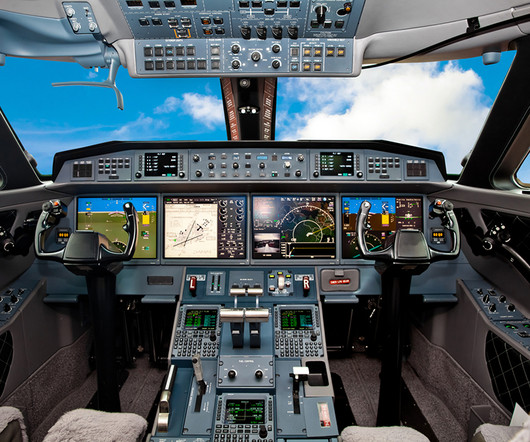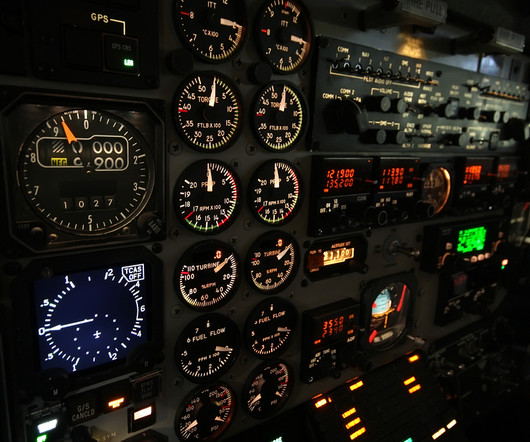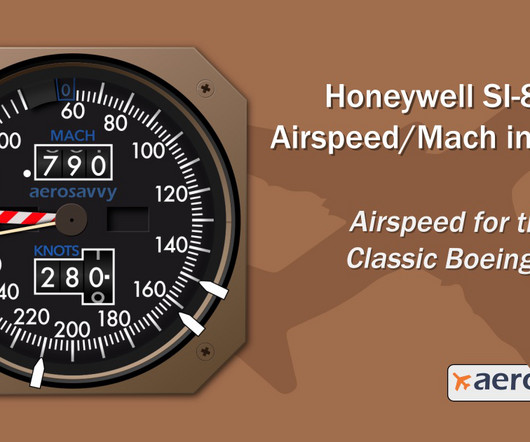Examining over 100 years of flight automation and the history of the autopilot
Aerotime
APRIL 3, 2025
Sperrys autopilot system became particularly popular during the 1920s and 1930s as airline transport took off and people began to travel more and further afield. Generally speaking, a commercial airliner must be equipped with an autopilot if it has a capacity of 20 passengers or greater.










Let's personalize your content